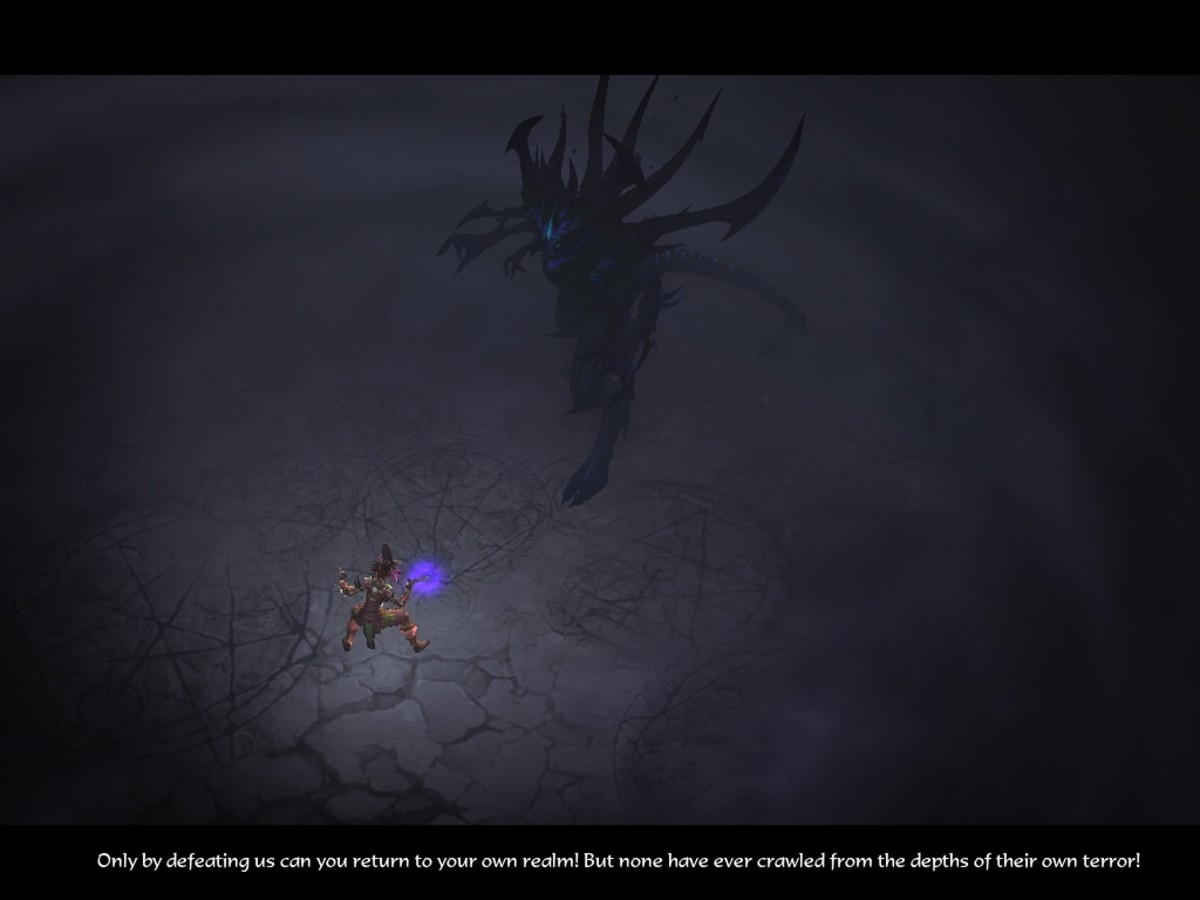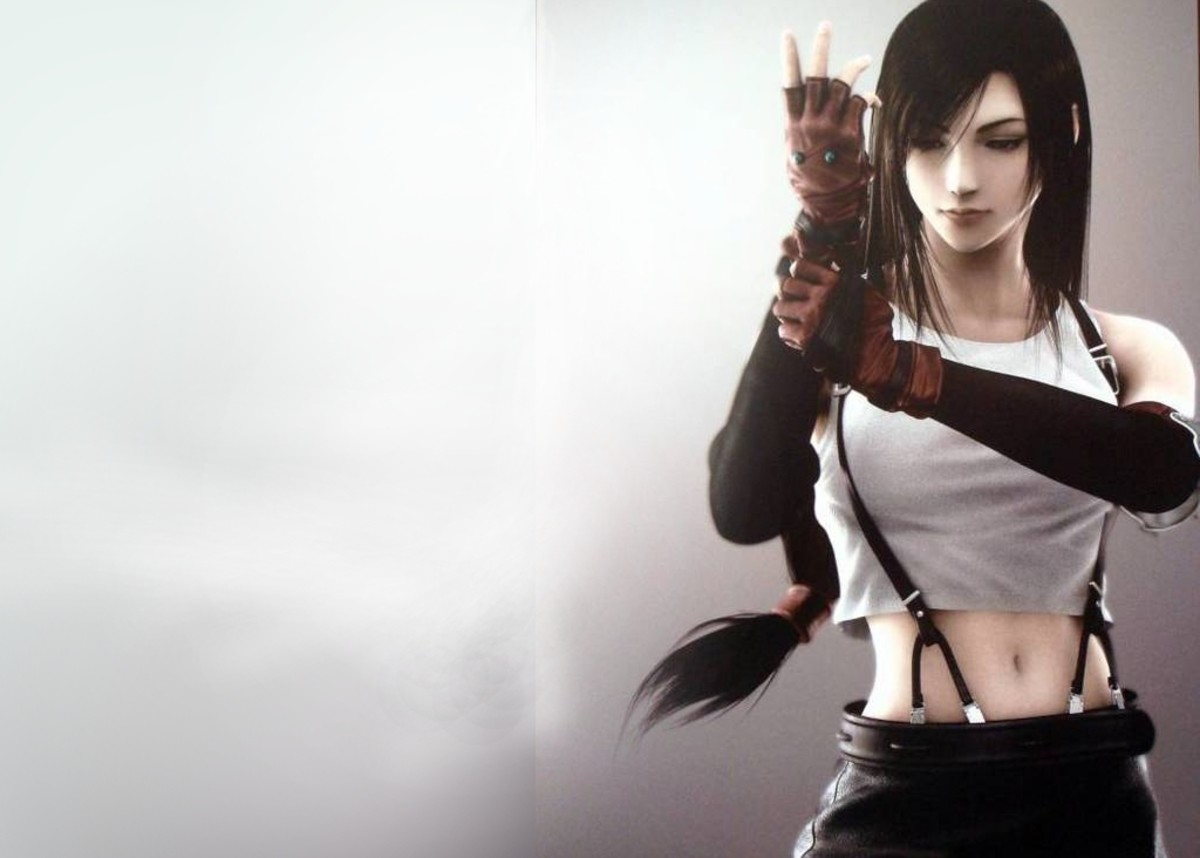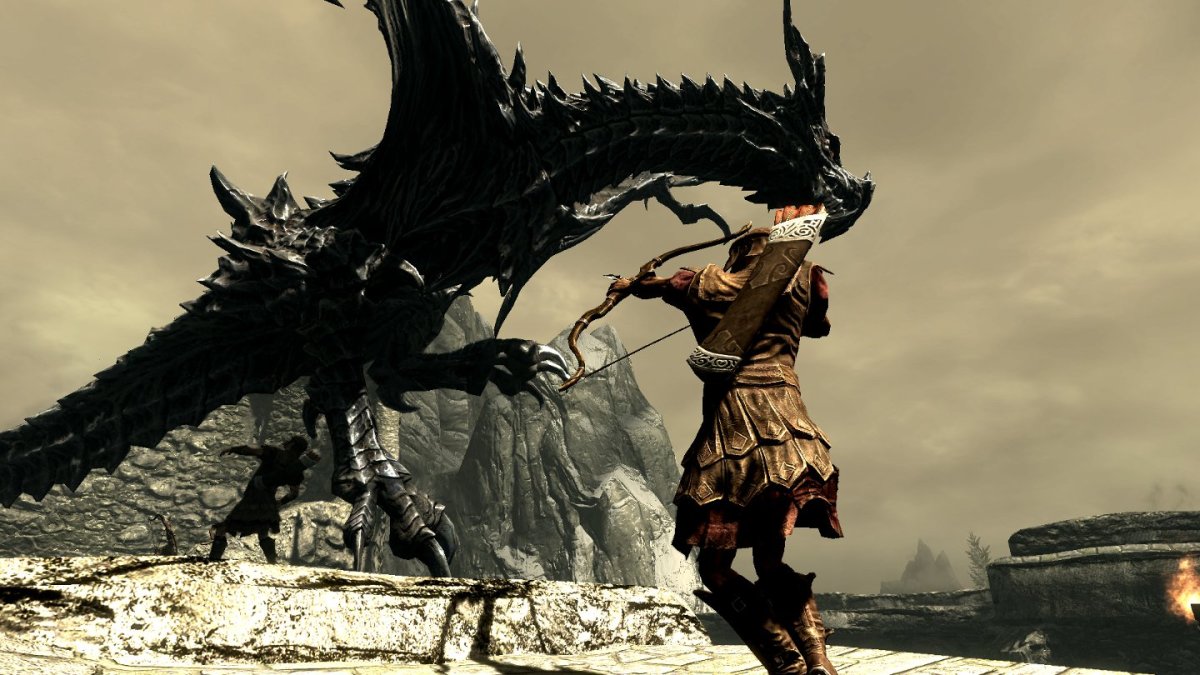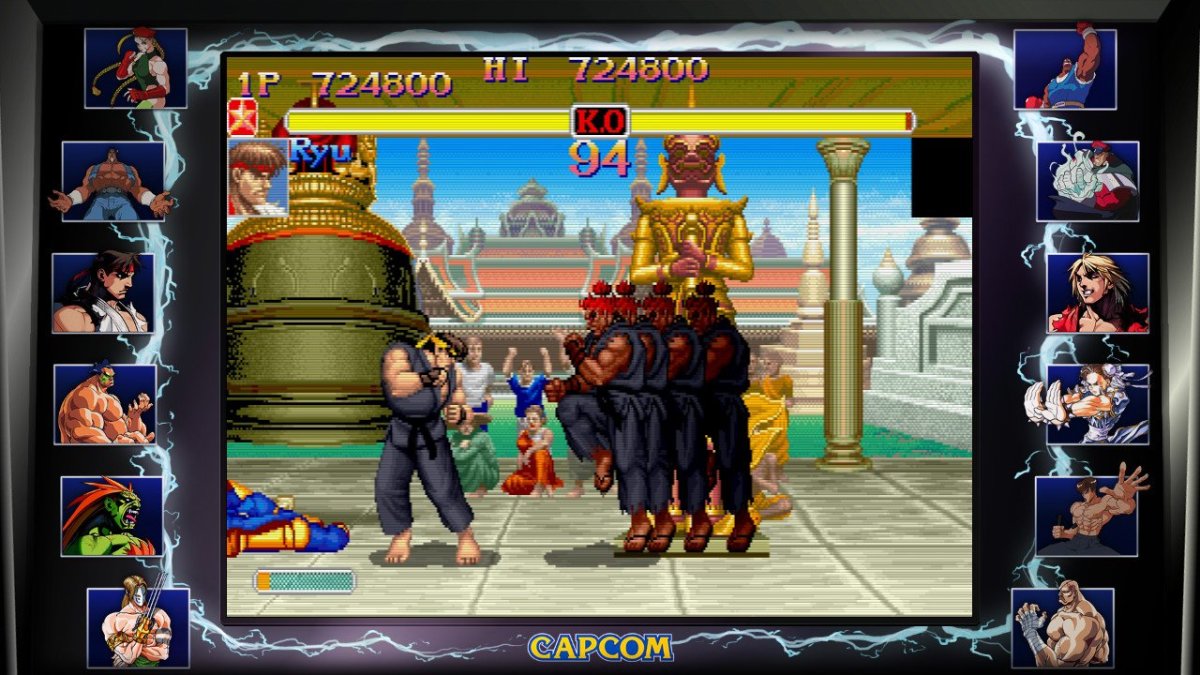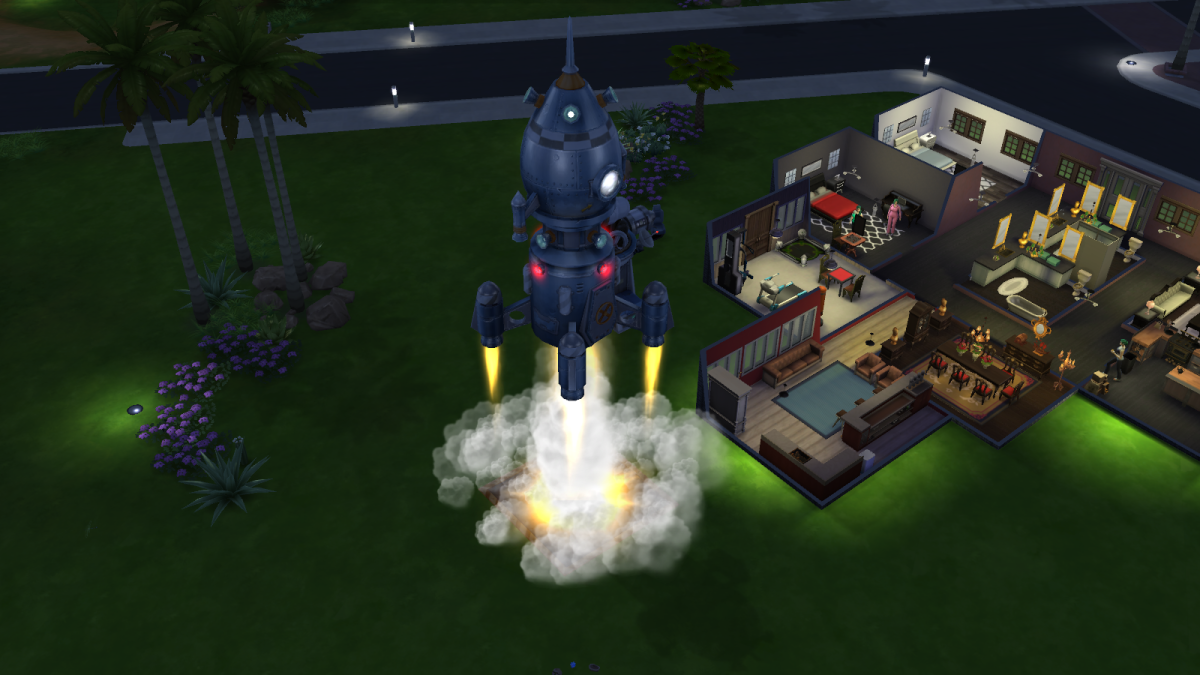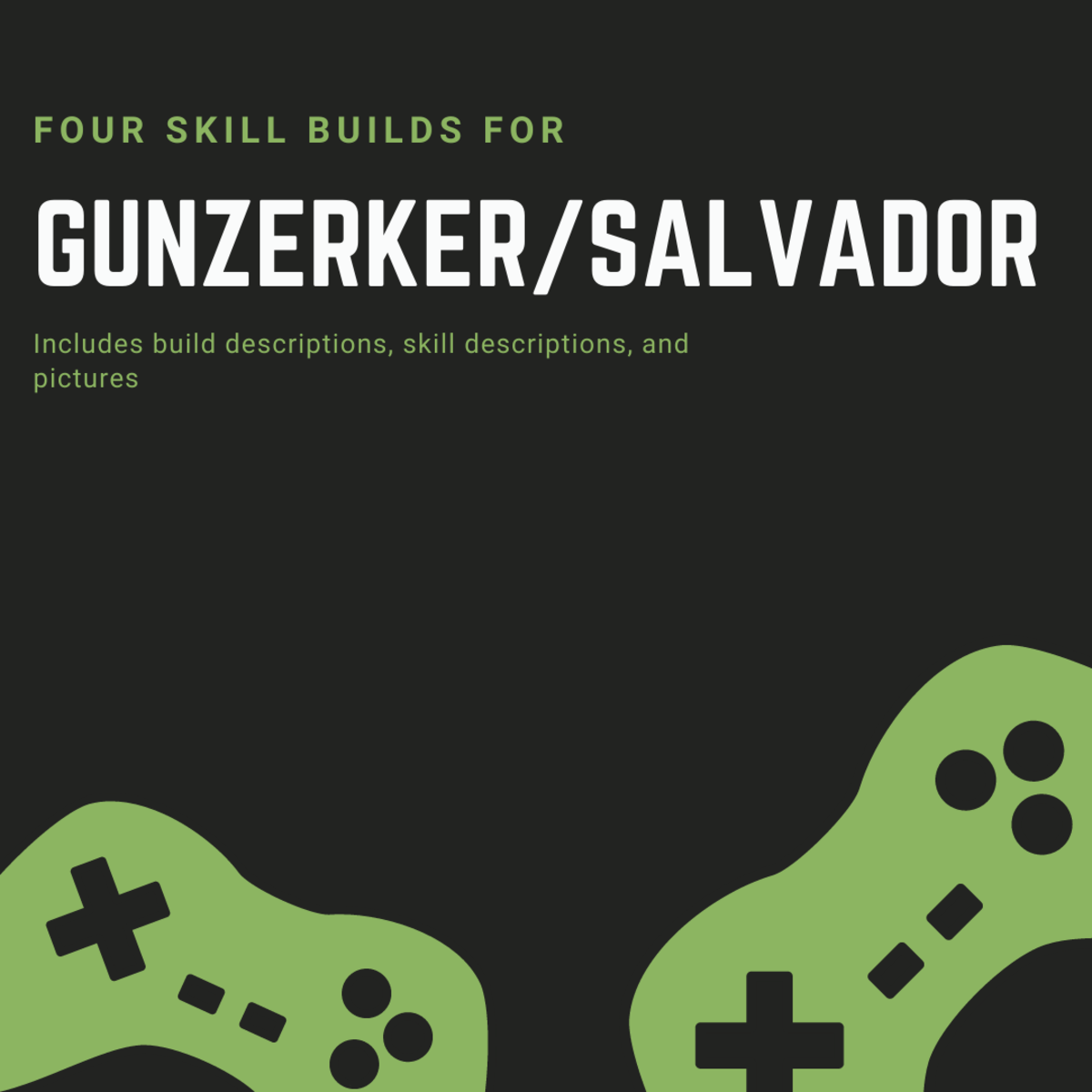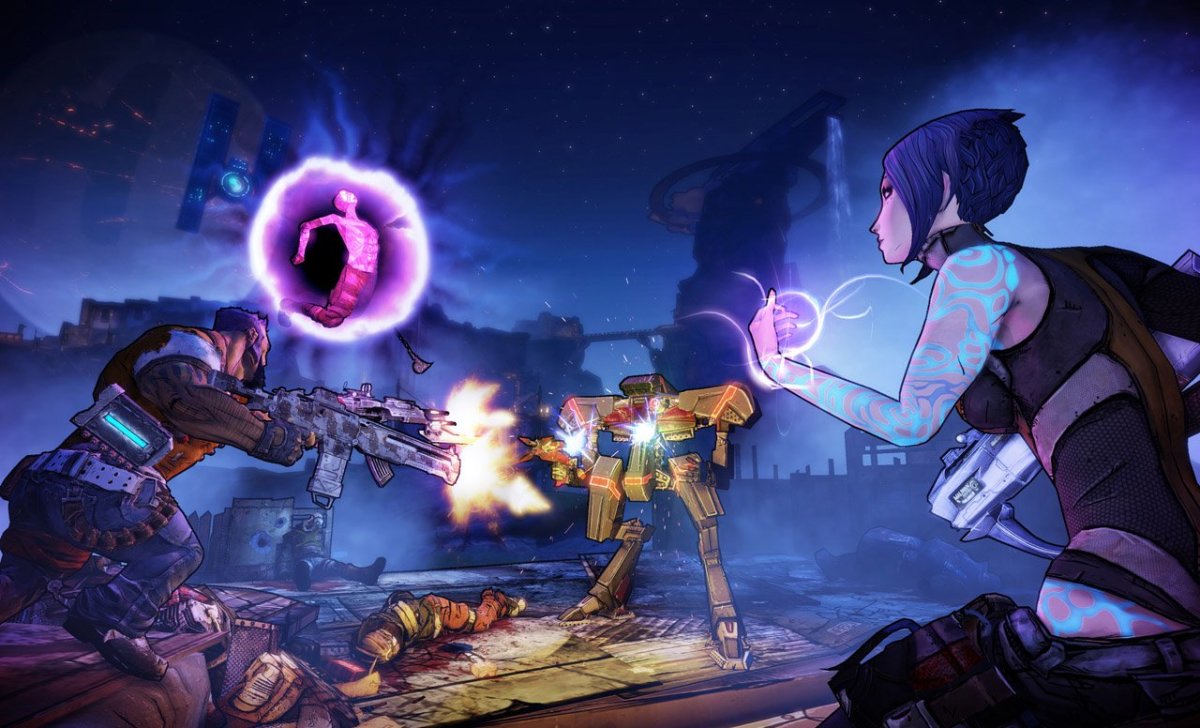A fuse for thought:Health bars and their implication
Hello, internet. Tumblr, Yahoo, Google, Bing, etc. You know who I'm talking about. Anyone who is interested in things like this. If you are, thank you ^^. Now, I thought around the first founding of this tiny little blog that I would EXPLODE (I might keep that in caps. Not sure yet) about how I hear console gamers and PC gamers at war over which experience is better. Well, honestly, there are a number of reasons I could go into about avoiding that subject. But, for now, we'll use the most truthful excuse that it will create more conflict than thought. I want to provoke thought here. Spark curiosity, not arguments. So, in place of exploding (there goes the caps) I will be sparking curiosity. So here is a Fuse For Thought with TNT husky! (there's the caps! :D)
Take a look at your games. Pick your favorite screenshot in your head. Does it have a health bar? Chances are, the game you're thinking about has a health bar of some sort. This tiny little life indicator doesn't seem to offer much at first, but it's design and implication can make or break a game's experience. How do you know if that kind of health bar would make or break a game? Well, my best advice to you would be to play the game yourself and observe it to find out. But let's dig into some of the more technical aspects of this clipped-on little diagram.
One of the first things when considering the health bar is to make sure that it doesn't interfere with the gameplay too much. Let's use a classic fighter for example. In the original Street Fighter games, the health bar of both players were stacked on top of each other. In some games, this wasn't so bad. But in Street Fighter, the players had to avert their focus from the gameplay, shifting their eyes from the characters to the top center of the screen. Also, since both health bars were stacked on top of each other, this created the problem of the player needing to figure out which health bar was theirs, causing the player to hold their focus on the health bars. In a fighter, where execution and focus are crucial to success, this kind of health bar design is flawed, to say the least.
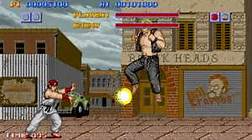
Thankfully, though, this only existed in the first Street Fighter. From Street Fighter two and after, a much easier system was adopted. The health bars were moved onto either side of the screen. Corresponding to the player's side of the screen, with a timer in the middle. With this design, everything can be determined for the player by a quick glance at the top of the screen.
Colorful bars at the top of the screen aren't the only way to allow the player to display a player's technical position without interfering with gameplay. In Super Smash Bros. You find your health displayed as a percentage at the bottom of the screen. At first, this can be seen as a confusing dynamic. See, the percentage starts at 0. and as player's take damage, their percentage increases. The higher that percentage, the easier it is for enemies to complete the main goal of using their attacks to knock the enemy off the screen. But this is a fighting game. Wouldn't that avert the player's focus away from the fighting? Normally, yes. But smash bros. Is one of the most unique fighters out there. It has mechanics similar to platform games. Jumps and double jumps, and powerups that appear at random intervals during matches (unless you set it otherwise). These mechanics create a much different focus in the game. Unlike Street Fighter, where the player primarily focuses on the characters in the fight, you focus as well on the environment as you do on the fight itself. With a wider scope during the match, the player would see the same results wherever the percentage icons may be.
You see, the player's percentage, life count, score, etc. are all displayed in a small square, with a specific color and image to show which player is which. Even if the players choose the exact same character, they can make out which is theirs by color, allowing them to get their information straight with a quick glance to wherever the icons may be. The only change in focus would be to check the time, but this takes us back to the wider scope of focus the player has during the match, allowing the display order to be much more forgiving toward the player.
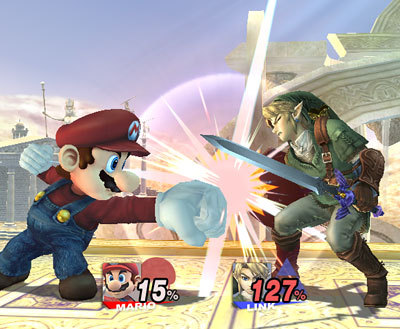
Fighting games aren't the only games where the position of the health display is important. When looking at the New Super Mario Bros. Games, you don't initially think a health system is used, but look carefully the next time you play it. In fact, look at the majority of the Super Mario games, especially the 2d platformers. Mario starts off every game small. After gaining powerups, he can take, in most cases, three hits before losing a life. This is an example of a practical display of health. Mario gains health by collecting these powerups, and loses both the powerups and the health when enemies damage him. This can be seen in other games, but it's safe to say that Mario made this concept popular when he popularized the video game industry. Other characters have utilized this kind of dynamic. Such as Crash Bandicoot and Spyro the Dragon. Crash would be granted extra health bits when picking up his trademark voodoo mask/friend/something Aku Aku, and Spyro gains health by feeding butterflies to his dragonfly friend, Sparx. In both cases, the designs and colors of the character accompanying the player determine the amount of health. And since they follow the player around, they (the player) can focus on the character, and their relative position compared to the area around them. This is the crucial focus in a platformer. The player needs to see where they are, as well as where the platforms are, in order to complete the level.
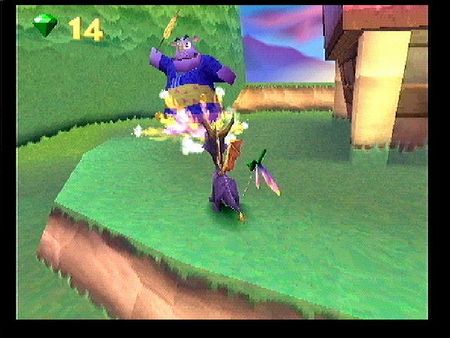
Health bars are only one subtle way to determine how long the player will last. A common utilization in RPG's is numbers themselves. Every Final Fantasy game utilizes simple numbers. Role playing games often use numbers because of the many different equations involved in calculating amounts of damage, chances of avoidance, and several other actions and opportunities that happen in video games, critical hits, healing relative to level, and experience calculation are all just a few of the equations brought into question during RPG's. The health bar is a good implication of design, but one will find themselves having a harder time measuring the severity of the situation with only a health bar. This is why numbers are commonly implicated in these types of games. Even modern action RPG games keep to the tradition of using all these complex equations, so having the exact amount of health down to the single digits helps to make every moment count.
Well, I think we've learned enough for one day. Such a simple item of design can make a game wonderful, or terrible depending on how it's implicated. And Street Fighter, Final Fantasy, and Mario are just a few examples of the good that a well placed health diagram can do. Next time, we'll be talking about a character briefly mentioned right here. And next week, I want to talk about a concept that has interested me since I first heard of it. But in the meantime, it would appear this blog has lasted long enough. Spread the word if you enjoyed it, and I will gladly see you guys Monday ^^

